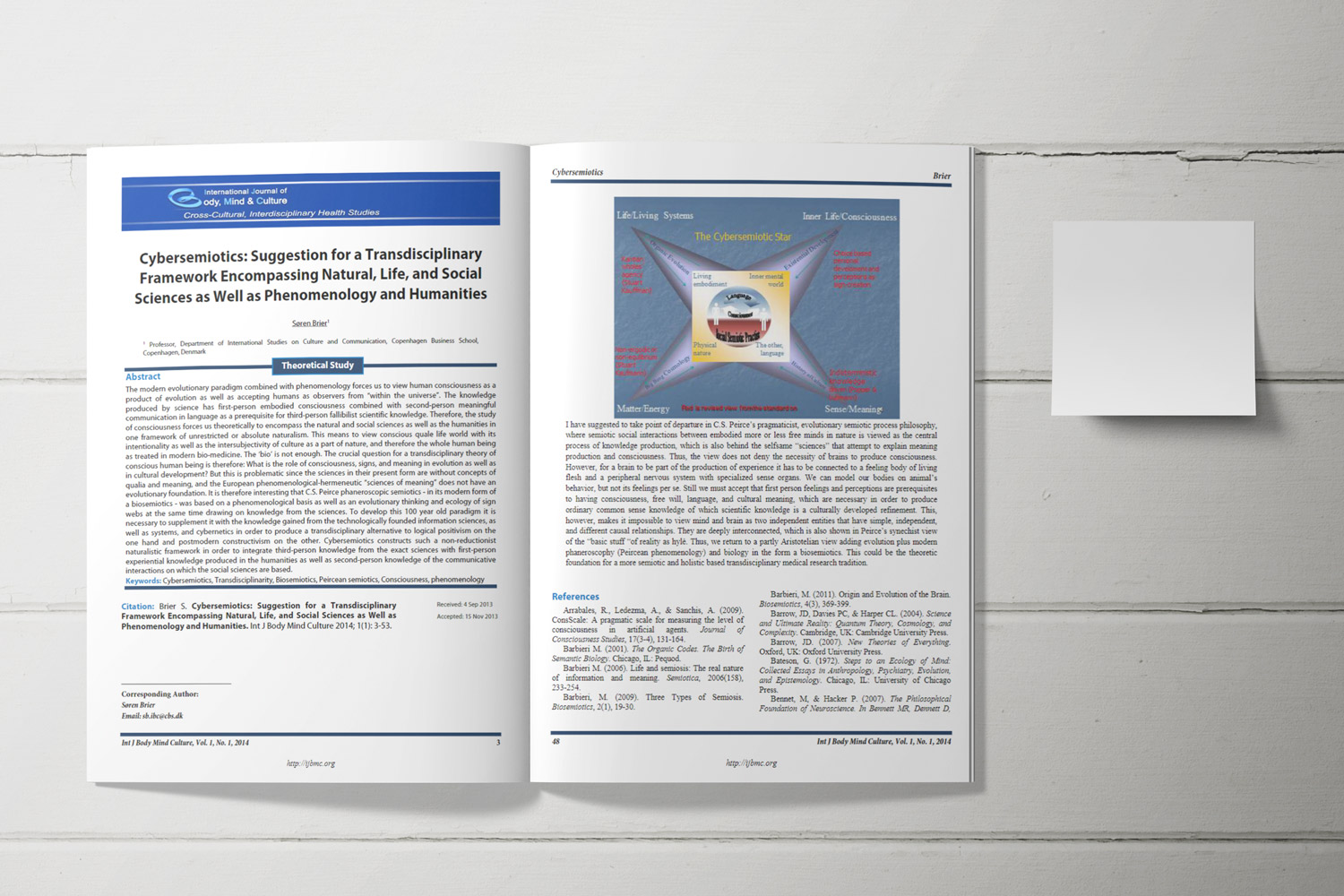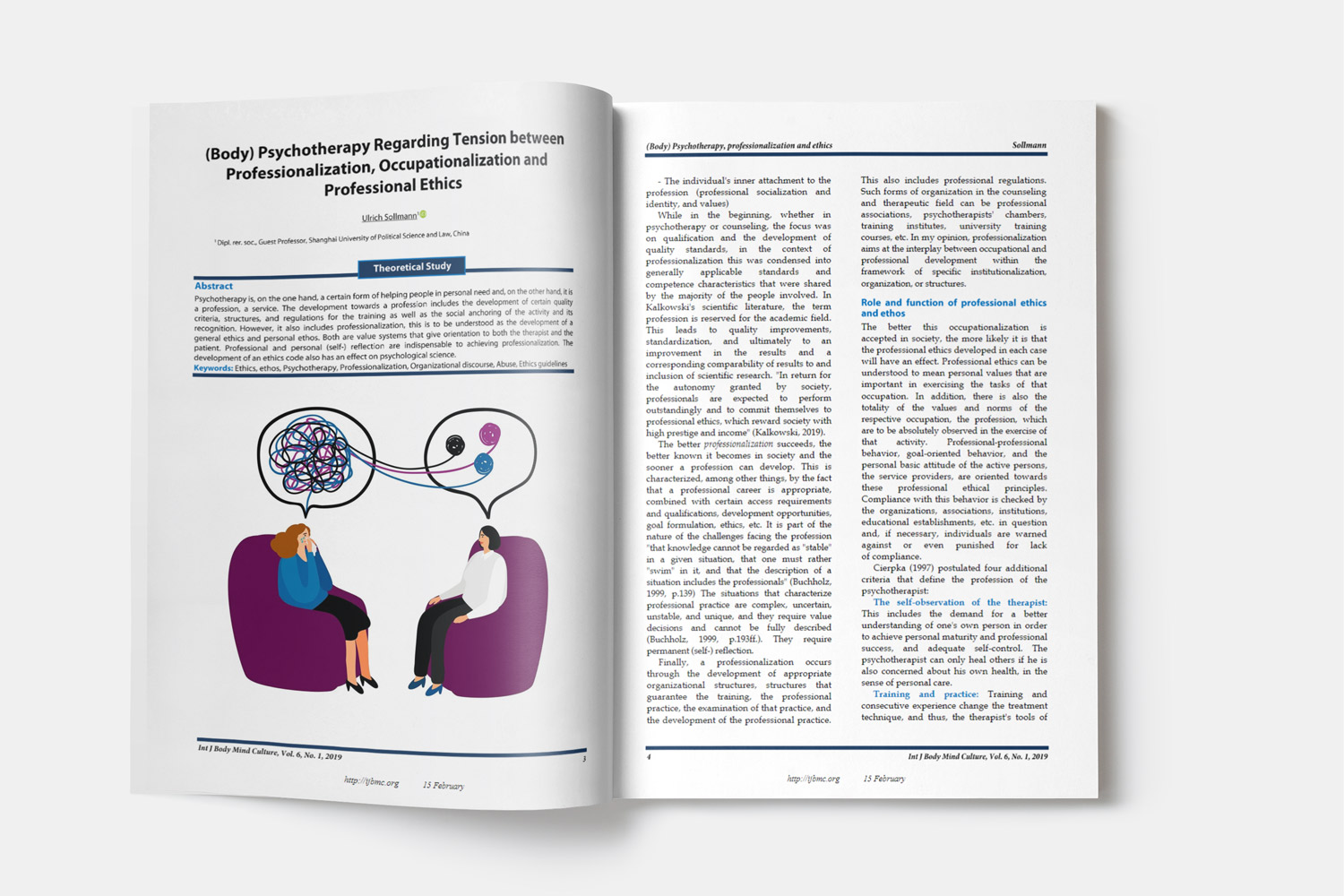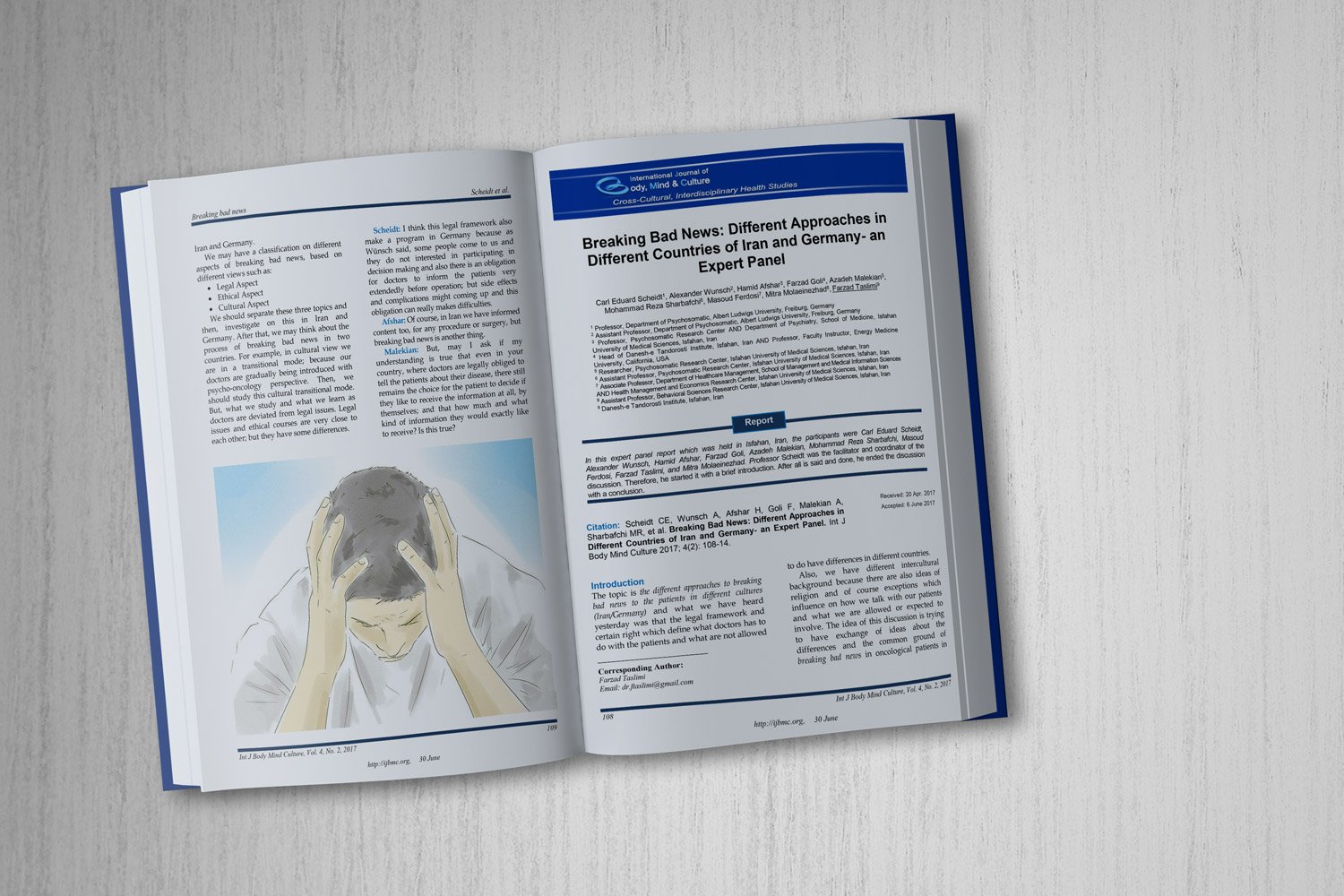Physiological and Behavioral Pain Responses to Endotracheal Suctioning in Unconscious ICU Patients: A Descriptive Observational Study
Downloads
Objective: To examine the effect of endotracheal suctioning (ETS) on physiological parameters and behavioral indicators of pain in unconscious, mechanically ventilated ICU patients.
Methods and Materials: In this descriptive observational study, 80 unconscious intubated adults were recruited purposively from two ICUs in Kerbala, Iraq. Pain was assessed using the Behavioral Pain Scale (BPS), and physiological variables (systolic and diastolic blood pressure, mean arterial pressure, heart rate, respiratory rate, and oxygen saturation) were recorded immediately before, during, and 5 minutes after ETS. Data were analyzed with SPSS version 26.
Findings: During ETS, systolic blood pressure, heart rate, and respiratory rate increased markedly compared with pre-procedure values, while oxygen saturation decreased; all changes in physiological and behavioral pain scores across the three time points were highly significant (p < 0.001). During suctioning, grimacing facial expression reached 55%, permanently retracted or fully bent upper limb movements 40%, and ventilator asynchrony (coughing or fighting the ventilator) 100%. In contrast, most patients were relaxed and ventilator-tolerant before and 5 minutes after the procedure. Associations between pain responses and demographic or clinical variables were limited and generally non-significant.
Conclusion: ETS represents a brief but intense noxious stimulus that elicits significant, transient physiological instability and behavioral signs of pain in unconscious ICU patients. Routine use of validated behavioral pain scales and anticipatory pain management during ETS is recommended to improve comfort and safety.
Downloads
Ada, M., & Yılmaz, E. (2019). Mekanik ventilatör desteğindeki hastaların intravasküler girişimler sırasındaki ağrı davranışları. Kocaeli Üniversitesi Sağlık Bilimleri Dergisi, 6(2), 138-144. https://doi.org/10.30934/kusbed.617091
Alikiaie, B., Mousavi, S., Ebrahimi, A., & Foroughi, Z. (2019). Evaluation of pain assessment and management in critically Ill intubated patients in a referral university hospital in Iran. Journal of Research in Pharmacy Practice, 8(3), 137-142. https://doi.org/10.4103/jrpp.JRPP_18_81
Arrar, A. A., & Al-Abedi, G. A. (2021). Quality of Life Among Ischemic Heart Disease Patients in Misan Center for the Cardiac Diseases and Surgery in Al-Amara City. Bahrain Medical Bulletin, 43(3). https://www.bahrainmedicalbulletin.com/SEPT_2021/BMB-21-93.pdf
Azevedo-Santos, I. F., & DeSantana, J. M. (2018). Pain measurement techniques: spotlight on mechanically ventilated patients. Journal of Pain Research, 2969-2980. https://doi.org/10.2147/JPR.S151169
Bachi, G. E., & AL-Fayyadh, S. (2022). Determination of Procedural Pain Intensity among Critically-Ill Patients: Using Behavioral Pain Scale (BPS). Journal of Contemporary Medical Sciences, 8(4). https://doi.org/10.22317/jcms.v8i4.1260
Girijala, R. L., Sohrabji, F., & Bush, R. L. (2017). Sex differences in stroke: review of current knowledge and evidence. Vascular medicine, 22(2), 135-145. https://doi.org/10.1177/1358863X16668263
Gomarverdi, S., Sedighie, L., Seifrabiei, M. A., & Nikooseresht, M. (2019). Comparison of two pain scales: Behavioral pain scale and critical-care pain observation tool during invasive and noninvasive procedures in intensive care unit-admitted patients. Iranian Journal of Nursing and Midwifery Research, 24(2), 151-155. https://doi.org/10.4103/ijnmr.IJNMR_47_18
Gregory, J. (2017). Initial testing of a behavioural pain assessment tool within trauma units. International Journal of Orthopaedic and Trauma Nursing, 24, 3-11. https://doi.org/10.1016/j.ijotn.2016.08.004
Gülsoy, Z., & Karagözoğlu, Ş. (2020). Efficacy of the closed suction applied to patients in intensive care units with different techniques: A nonrandomized controlled trial. Cumhuriyet Medical Journal, 42(3), 290-300. https://doi.org/10.7197/cmj.vi.596113
Hădăreanu, C.-D., Hădăreanu, D.-R., Stoiculescu, F.-M., Berceanu, M.-C., Donoiu, I., Istrătoaie, O., Florescu, C., Novac, M.-B., & Raicea, V.-C. (2025). Predictors of Prolonged Intensive Care Unit Stay and In-Hospital Mortality Following Cardiac Surgery: An Integrated Analysis from the PROCARD-ATI Study. Journal of Clinical Medicine, 14(8), 2747. https://doi.org/10.3390/jcm14082747
Irajpour, A., Abbasinia, M., Hoseini, A., & Kashefi, P. (2014). Effects of shallow and deep endotracheal tube suctioning on cardiovascular indices in patients in intensive care units. Iranian Journal of Nursing and Midwifery Research, 19(4), 366-370. https://journals.lww.com/jnmr/fulltext/2014/19040/effects_of_shallow_and_deep_endotracheal_tube.6.aspx
Kemp, H., Bantel, C., Gordon, F., Brett, S., PLAN, SEARCH, Laycock, H., Bampoe, S., Bantel, C., & Gooneratne, M. (2017). Pain Assessment in INT ensive care (PAINT): an observational study of physician‐documented pain assessment in 45 intensive care units in the United Kingdom. Anaesthesia, 72(6), 737-748. https://doi.org/10.1111/anae.13786
Khairy, Y., Naghibi, D., Moosavi, A., Sardareh, M., & Azami-Aghdash, S. (2022). Prevalence of hypertension and associated risks in hospitalized patients with COVID-19: a meta-analysis of meta-analyses with 1468 studies and 1,281,510 patients. Systematic Reviews, 11(1), 242. https://doi.org/10.1186/s13643-022-02111-2
Moitra, V. K., Guerra, C., Linde-Zwirble, W. T., & Wunsch, H. (2016). Relationship between ICU length of stay and long-term mortality for elderly ICU survivors. Critical care medicine, 44(4), 655-662. https://doi.org/10.1097/CCM.0000000000001480
Oliveira, L. S., Macedo, M. P., Silva, S. A. M. d., Oliveira, A. P. d. F., & Santos, V. S. (2019). Pain assessment in critical patients using the Behavioral Pain Scale. BrJP, 2, 112-116. https://doi.org/10.5935/2595-0118.20190021
Organization, W. H. (2019). Global status report on road safety 2018. World Health Organization. https://books.google.com/books?id=uHOyDwAAQBAJ&lpg=PR6&ots=2T4i_zxf_U&dq=Organization%2C%20W.%20H.%20(2019).%20Global%20status%20report%20on%20road%20safety%202018.%20World%20Health%20Organization.&lr&pg=PR6#v=onepage&q=Organization,%20W.%20H.%20(2019).%20Global%20status%20report%20on%20road%20safety%202018.%20World%20Health%20Organization.&f=false
Özden, D., & Görgülü, R. S. (2015). Effects of open and closed suction systems on the haemodynamic parameters in cardiac surgery patients. Nursing in critical care, 20(3), 118-125. https://doi.org/10.1111/nicc.12094
Payen, J.-F., Bru, O., Bosson, J.-L., Lagrasta, A., Novel, E., Deschaux, I., Lavagne, P., & Jacquot, C. (2001). Assessing pain in critically ill sedated patients by using a behavioral pain scale. Critical care medicine, 29(12), 2258-2263. https://doi.org/10.1097/00003246-200112000-00004
Petrini, L., Matthiesen, S. T., & Arendt-Nielsen, L. (2015). The effect of age and gender on pressure pain thresholds and suprathreshold stimuli. Perception, 44(5), 587-596. https://doi.org/10.1068/p7847
Pinheiro, A. R. P. d. Q., & Marques, R. M. D. (2019). Behavioral Pain Scale and Critical Care Pain Observation Tool for pain evaluation in orotracheally tubed critical patients. A systematic review of the literature. Revista Brasileira de Terapia Intensiva, 31, 571-581. https://doi.org/10.5935/0103-507X.20190070
Puntillo, K. A., Max, A., Timsit, J.-F., Ruckly, S., Chanques, G., Robleda, G., Roche-Campo, F., Mancebo, J., Divatia, J. V., & Soares, M. (2018). Pain distress: the negative emotion associated with procedures in ICU patients. Intensive care medicine, 44(9), 1493-1501. https://doi.org/10.1007/s00134-018-5344-0
Rass, V., Ianosi, B.-A., Lindner, A., Kofler, M., Schiefecker, A. J., Pfausler, B., Beer, R., Schmutzhard, E., & Helbok, R. (2020). Hemodynamic response during endotracheal suctioning predicts awakening and functional outcome in subarachnoid hemorrhage patients. Critical Care, 24(1), 432. https://doi.org/10.1186/s13054-020-03089-w
Rhodes, N., & Pivik, K. (2011). Age and gender differences in risky driving: The roles of positive affect and risk perception. Accident Analysis & Prevention, 43(3), 923-931. https://doi.org/10.1016/j.aap.2010.11.015
Wojnar-Gruszka, K., Sega, A., Płaszewska-Żywko, L., Wojtan, S., Potocka, M., & Kózka, M. (2022). Pain assessment with the BPS and CCPOT behavioral pain scales in mechanically ventilated patients requiring analgesia and sedation. International journal of environmental research and public health, 19(17), 10894. https://doi.org/10.3390/ijerph191710894
Wunsch, H., Gershengorn, H. B., Guerra, C., Rowe, J., & Li, G. (2013). Association between age and use of intensive care among surgical Medicare beneficiaries. Journal of critical care, 28(5), 597-605. https://doi.org/10.1016/j.jcrc.2013.05.003
Copyright (c) 2025 International Journal of Body, Mind and Culture

This work is licensed under a Creative Commons Attribution-NonCommercial 4.0 International License.















